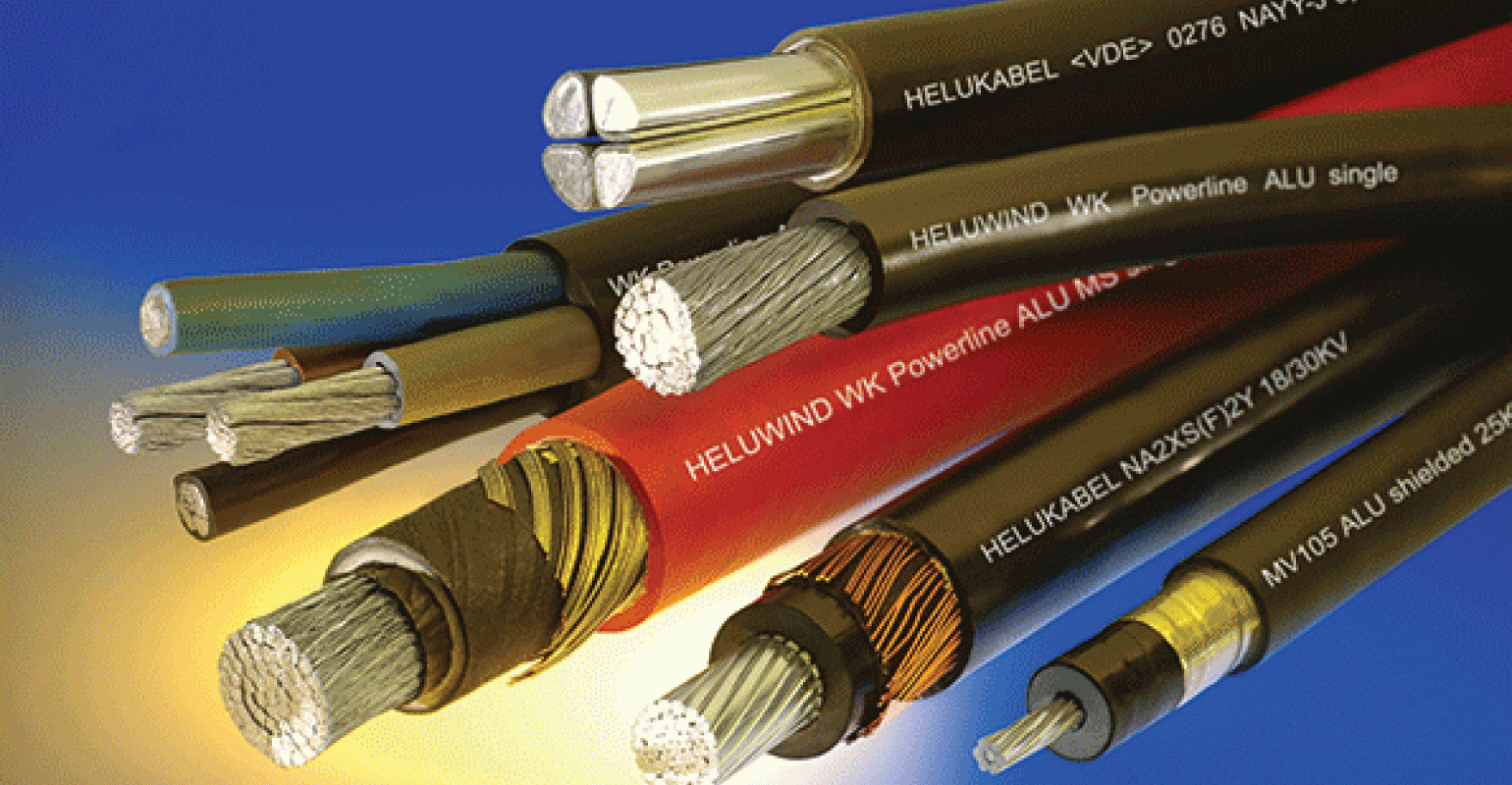Usage of multi-stranded wires in electric field

Wires can be seen in every place where there is electricity. When you are connecting device or boards you will need wires. The multi-stranded wire is used mainly when single strand wires is not suitable in places like circuit boards. This wire has the capacity to reduce the skin effect because the surface area of the strand is significant than the single strand. The cross-section of wire is not made completely with copper and hence the multi-stranded wires are highly resistive. Additionally to it there are air gaps present which acts as a resistive agent.
Current holding capacity:
The heat which is produced by electric current which is in the conductor will determine the amount of electricity it can be able to carry. With the size of the conductor, temperature, number of strands the current carrying capacity will depends. This type of multi-strand is used for both commercial and residential purposes.
Specification:
The multi-stranded wire will be joined like a bunch and are combined into a single core. With the help of aluminium and copper, the different materials of wires in the strand are made. The outer layer of the wire is made of rubber or plastic.
Size of wire:
In order to suit various numbers and types of application multi-strand wires come in different size. These multi-strand wires can also be used as underwater cable which will be highly resistive to water. Then the single strand wire the multi-strand has large diameter but with the same current capacity this is due to the small gaps present between the different strands.
If you don’t handle the multi-strand wire properly then it will be difficult for you to solder them properly. Soldering is an easy process when it is done with care. The soldering iron and some resin will be needed for the thinning process. There are different types of arrangement in multi-strand wiring.
Bunch arrangement:
These types of wires are grouped and are twisted to ensure that they are tightly packed or not.
Concentric arrangement:
The conductors in this are arranged in concentric circles. The speciality in this arrangement is the wire in this can be bunched tightly all together to maintain the shape of the wire.
Annular arrangement:
In this around the circular core, the conductors are arranged which is not typically conductive. This will help to maintain the shape of the conductor. The resistance of the wire can be reduced in this arrangement.
Rope arrangement:
In rope arrangement, the conductors in the strand are connected like groups in numerous small bundles. The collected bundles are then arranged evenly in concentric circles. These types of wires can be used underwater which will be highly waterproof and this is said to be as underwater cable.
Final verdicts:
Choosing the best and effective quality of conductor will be a challenging job for your wiring project among the variety of materials present in the market. This article with sufficient information will be helpful for you to click the perfect one which you think will be right for your wiring project
